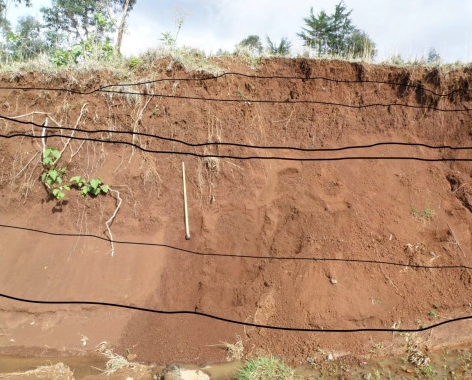Soil is more than just dirt underneath our feet – it is a complex and dynamic system that plays a crucial role in our environment. Geomorphology, the study of the formation and evolution of the Earth’s surface, helps us understand the secrets hidden within soil.
Uncovering the Layers of Soil Composition
Soil is made up of four main components: minerals, organic matter, water, and air. Each layer of soil, or horizon, contains varying amounts of these components. By studying the composition of soil, scientists can determine its fertility and health.
Exploring Soil Formation Processes
Soil formation is a complex process that is influenced by factors such as climate, vegetation, and topography. Through processes such as weathering, erosion, and deposition, soil is constantly changing and evolving over time. By studying these processes, scientists can gain insight into the history of an area.
Understanding Soil Classification and Mapping
Soil classification is the process of categorizing soil based on its physical and chemical properties. By understanding the different types of soil, scientists can better predict how it will respond to various environmental changes. Soil mapping is the process of creating detailed maps of soil types in a given area, which can be used for land use planning and agricultural purposes.
Revealing the Importance of Soil Conservation
Soil conservation is essential for maintaining the health and productivity of our land. By implementing practices such as erosion control, crop rotation, and organic farming, we can help prevent soil degradation and loss. Understanding the science of geomorphology can help us make informed decisions about how to protect and preserve our precious soil resources.
In conclusion, soil is a complex and vital component of our environment that is shaped by a variety of physical and chemical processes. Through the study of geomorphology, we can uncover the secrets hidden within soil and better understand how to protect and preserve it for future generations.

